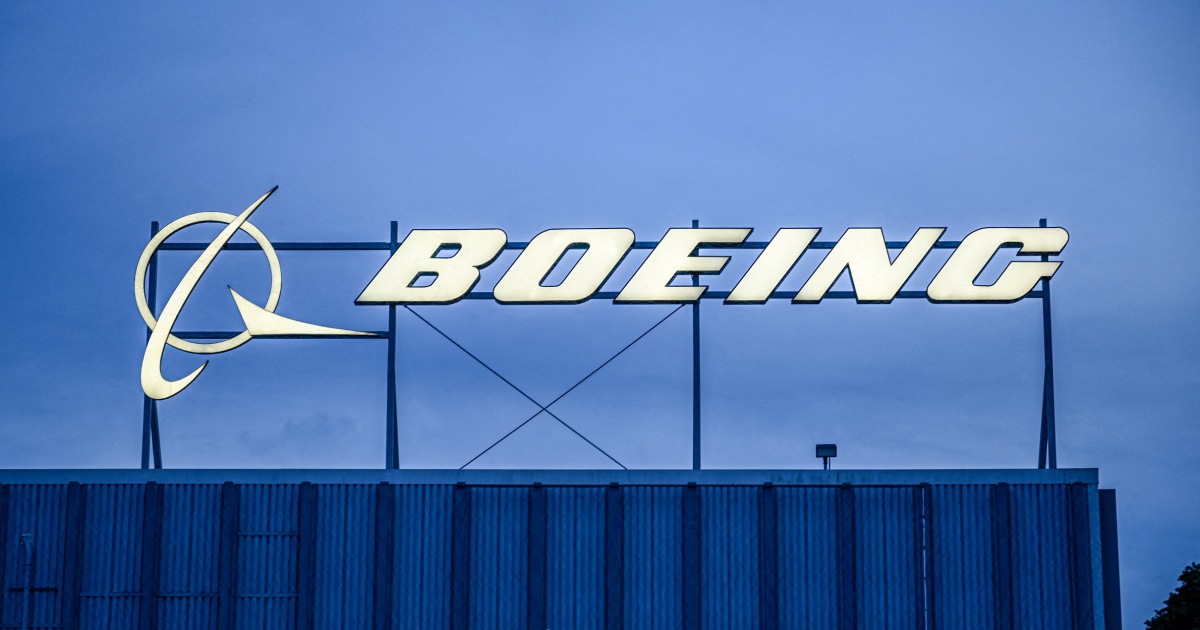One year after the Alaska Airlines incident, Boeing is on a determined path to rebuild trust and restore its reputation within the aerospace industry. The incident, which raised serious questions about the company’s safety protocols and corporate governance, served as a critical turning point for Boeing and its stakeholders. This article delves into the multifaceted strategies that Boeing is implementing to enhance safety, regain customer confidence, and ultimately ensure the future resilience of this aerospace giant.
Understanding the Alaska Airlines Incident
The Alaska Airlines incident, a harrowing event that captured the attention of aviation stakeholders worldwide, was more than just an operational failure; it was a stark reminder of the importance of robust safety protocols in aviation. The incident involved a serious malfunction that could have led to catastrophic consequences. Fortunately, quick thinking by the crew and effective emergency procedures averted disaster. However, the repercussions for Boeing were immediate and severe, prompting a reassessment of its operational practices.
In the wake of the incident, Boeing faced intense scrutiny from regulators, customers, and the general public. Questions arose about the company’s commitment to safety and its response mechanisms in crisis situations. This scrutiny has spurred Boeing to take decisive action to restore faith in its operations.
Strategic Changes to Enhance Safety Protocols
In response to the Alaska Airlines incident, Boeing has initiated a series of strategic changes aimed at enhancing safety protocols. The company recognizes that regaining trust requires a comprehensive overhaul of its safety culture and operational procedures. Some of the key measures include:
- Revamping Safety Training: Boeing is investing heavily in safety training for all employees, particularly those in engineering and operations. This includes simulation training that mirrors real-life scenarios, reinforcing the importance of quick decision-making during emergencies.
- Strengthening Quality Control: Boeing has implemented more rigorous quality control measures throughout its manufacturing processes. This involves regular audits and assessments to ensure compliance with safety standards.
- Enhancing Communication: Open lines of communication between all levels of staff are crucial. Boeing has adopted a transparency-first approach, encouraging employees to voice concerns without fear of repercussions.
- Collaboration with Regulatory Bodies: Boeing is working closely with aviation regulatory bodies to ensure that its safety practices meet and exceed established guidelines. This collaboration includes sharing data and insights to foster a culture of continuous improvement.
Engaging with Stakeholders
Another vital aspect of Boeing’s resurgence strategy is its commitment to engaging with stakeholders. The company recognizes that trust is built through relationships and transparency. Boeing has been actively reaching out to:
- Airline Customers: Boeing has held numerous meetings with airline executives to discuss their concerns and expectations regarding safety and reliability. This dialogue has been pivotal in addressing any lingering doubts about Boeing’s commitment to safety.
- Regulatory Authorities: By maintaining an open and ongoing dialogue with regulatory authorities, Boeing aims to demonstrate its commitment to compliance and safety. This has included regular updates on progress made in safety enhancements.
- The Public: Boeing has also taken steps to improve its public relations strategy. This includes transparency in reporting safety measures and inviting media inquiries to foster a better understanding of the company’s initiatives.
Innovations in Technology and Design
Innovation remains at the heart of Boeing’s efforts to enhance safety and reliability. The company is investing in new technologies and design features that prioritize safety. Some of these innovations include:
- Advanced Flight Systems: Boeing is integrating advanced flight control systems that utilize artificial intelligence to assist pilots in real-time. These systems are designed to provide critical information and support during emergency situations.
- Data Analytics: The use of data analytics to monitor aircraft performance has become a game-changer. By analyzing data collected from flights, Boeing can identify potential issues before they escalate, allowing for proactive maintenance and safety measures.
- Enhanced Simulation Training: Boeing has developed state-of-the-art simulators that provide pilots with realistic training scenarios that replicate a wide range of emergency situations, further preparing them for real-life challenges.
Building a Culture of Safety
Perhaps the most significant change Boeing is making is fostering a culture of safety that permeates every level of the organization. This cultural shift is aimed at embedding safety into the very fabric of Boeing’s operations. To achieve this, the company is:
- Empowering Employees: Boeing is empowering its employees to take ownership of safety protocols. Employees are encouraged to report safety concerns and suggest improvements, making them active participants in the safety culture.
- Celebrating Safety Achievements: Recognizing and celebrating safety achievements within the company helps to reinforce a culture that prioritizes safety. This includes awards for teams that demonstrate exceptional commitment to safety protocols.
- Continuous Learning: Boeing is committed to continuous learning and improvement. The company conducts regular reviews of safety incidents and near-misses to identify lessons learned and improve future practices.
Looking Ahead: Regaining Customer Confidence
As Boeing embarks on its journey of resurgence, the ultimate goal remains clear: to regain customer confidence and restore its reputation as a leader in the aerospace industry. The company recognizes that this process will take time and consistent effort. However, through strategic changes, enhanced safety protocols, and a commitment to transparency, Boeing is well-positioned to turn the page on the Alaska Airlines incident.
In conclusion, Boeing’s resurgence is not merely about recovering from a setback; it is about redefining its commitment to safety and building a future where trust and reliability are paramount. As the company continues to evolve, it is clear that the lessons learned from the past will shape a safer and more responsible aerospace industry for years to come.
See more Business Focus Insider Team

